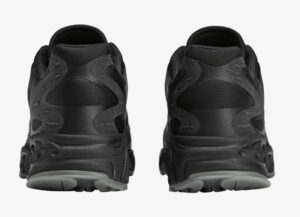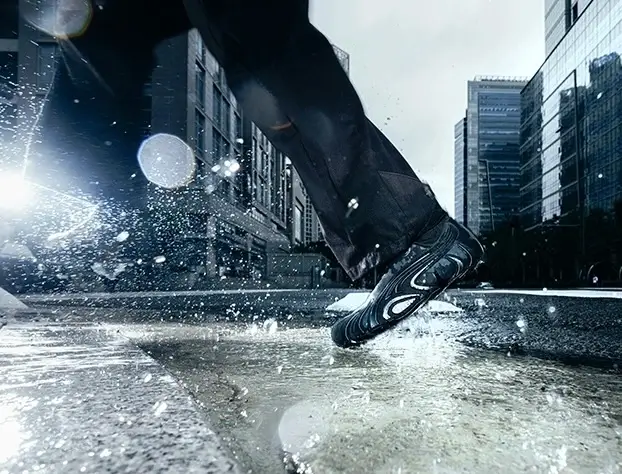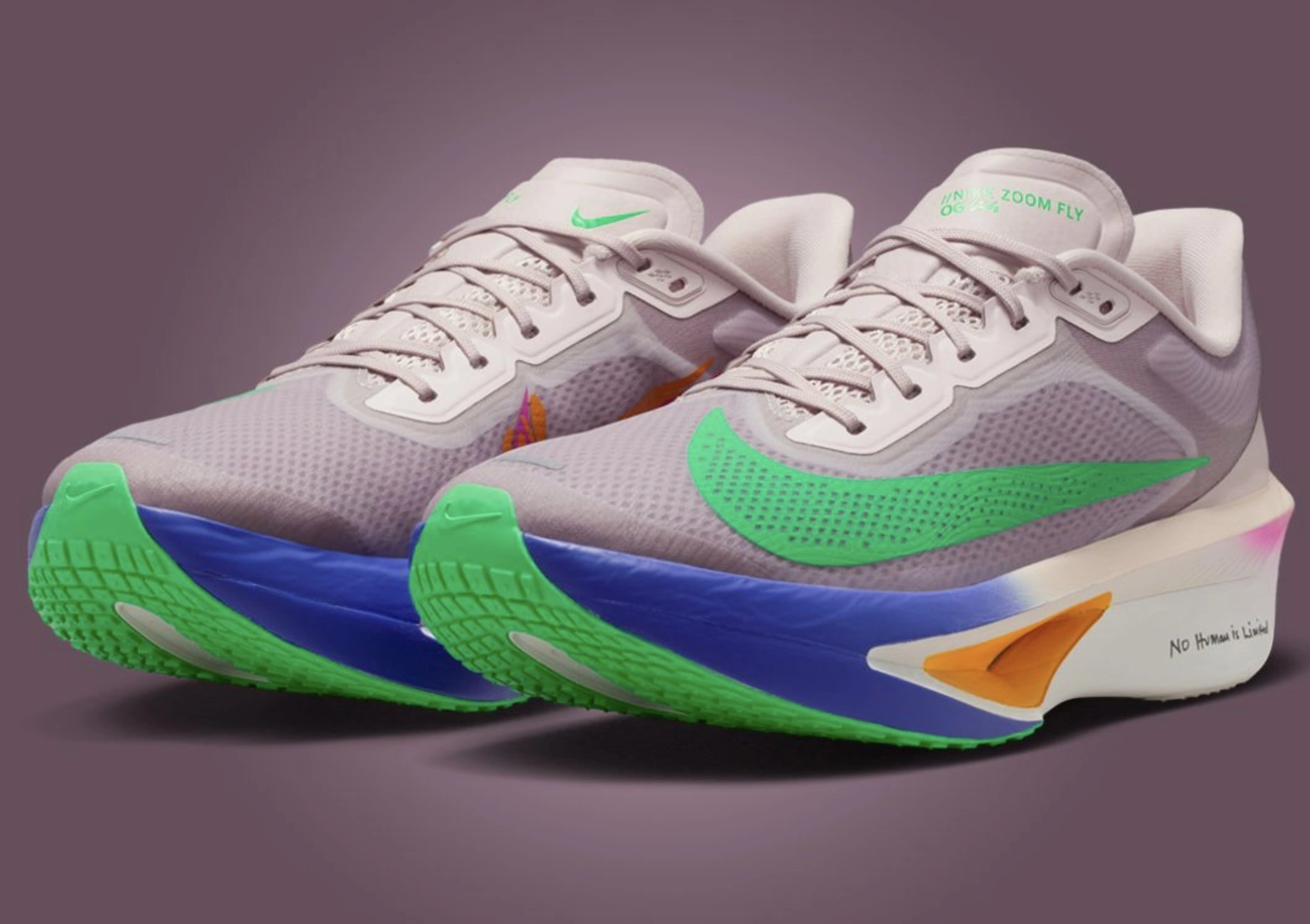In an era where shoes are increasingly weighed down by connective clutter, algorithmic design, and archival reissues on repeat, Adidas has slipped a blade into the discourse—quietly but precisely. The Thieves Savage Shoe, a creation as elusive as its name suggests, offers a silhouette that feels less like a drop and more like a heist: stripped of orthodoxy, forged in contrast, and dripping with kinetic defiance.
There’s no record of a hype-filled teaser campaign. No athlete-fronted campaign rollout. No glitzy archive to mine nostalgia. The Thieves Savage arrives like a thief in the night—purposefully named, purposefully styled, and purposefully disruptive. It reads not as a product of Adidas’ legacy in sport, but of its darker, underground double. A backdrop shoe. A rogue agent. A wearable contradiction.
Born from the Underground: Naming the Savage
The nomenclature is not a marketing flourish—it’s a manifesto. “Thieves Savage” suggests not just criminality, but agency. These are not shoes for those born into the spotlight, but for those who steal it. The word Thieves evokes a street-level cunning, a code-switching agility, and an implicit rejection of authority. Savage amplifies that sentiment with rawness, with hunger, with primal motion. Together, they form a language of resistance.
And the shoe delivers on that promise—not with chaos, but with brutalist intentionality.
The Aesthetic: Post-Apocalyptic Minimalism
Visually, the Thieves Savage shoe feels pulled from the frame of a cyber-noir film. The upper is crafted from a hybrid textile mesh overlaid with thermo-bonded panels that feel almost skeletal—exoskeletal, even. The primary colorway is a matte black or burnished obsidian, with muted accents of steel grey and off-white. In some editions, an acid-green thread flickers along the eyelets, like wiring in a dismantled motherboard.
There are no overt stripes. No trefoil logos shouting from the heel. Branding is minimal, almost militaristic—embossed into the tongue like serial data, or heat-pressed into the insole like a secret signature.
The outsole echoes this ethos: aggressively treaded, angular, modular. Not the cloud-soft Boost comfort or the city-runner Ultraboost foam. This is harsher. Louder. It clacks when you walk. It leaves a mark. Literally and ideologically.
Built for Urban Combat
While Adidas is no stranger to performance innovation, the Thieves Savage seems designed less for the track and more for the street—not as a streetwear darling, but as street gear, in the most literal sense. This is a shoe built for alleyways, scaffolds, subway stairs, gallery openings, impromptu protests, and backdoor exits.
The midsole utilizes Adidas’ proprietary Adiprene+ cushioning, but it’s been tuned for responsiveness over softness. The heel spike is slightly exaggerated—not for aesthetic flourish, but for balance in motion. A sharp corner turn. A hop over a guard rail. A sprint into the night.
The lacing system is asymmetrical, angled slightly off-center like the grip of a knife. Even the tongue feels aggressive—thick, armored, but breathable. This shoe wears like a mask. A tool. A weapon.
It isn’t just for walking.
It’s for getting away.
No Collaboration. No Apology.
In a footwear economy where every silhouette seems to arrive wrapped in celebrity association, the Thieves Savage rejects co-signs. There’s no Travis, no Pharrell, no Wales Bonner, no Ivy Park. It’s brandless in the best way. Which is not to say it’s without design credibility. On the contrary, this is Adidas flexing its internal creative muscle—reminding the market that the house of three stripes doesn’t need guest architects to construct something radical.
It’s not that Adidas is anti-collaboration—it invented that game. But the Savage plays a different one. It’s what happens when you release a shoe without needing to tell people why it matters.
It doesn’t follow. It doesn’t lead. It lurks.
Styling the Rogue
You don’t style the Thieves Savage shoe so much as prepare for it. It works best when the rest of the outfit reads like an alibi: matte technical cargos, oversized faded hoodies, asymmetric outerwear, distressed knits. Think A-COLD-WALL, Rick Owens DRKSHDW, or DIY gorpcore layered with nihilist precision.
Accessories? Industrial sling bags, silver knuckle rings, acetate visor shades. The shoe begs for movement, for environments. It’s not a clean studio sneaker. It wants dirt, texture, background noise.
Even in quiet colorways, it resists uniformity. There’s an unspoken energy in how it carries itself. You don’t wear it for clout. You wear it because you need it—because your body is always one pivot away from urgency.
The Cultural Echo
In a time when fashion cycles are mined for nostalgia—where Y2K trends, archival reissues, and TikTok-core dominate the discourse—the Thieves Savage makes no nod to the past. It is aggressively contemporary. It doesn’t reference; it asserts.
If anything, it reads like a reaction: a response to the gentrification of shoe culture. The runway kick, the collectible drop, the grail chase—all are absent here. The Savage suggests a new tribe: unfazed, unbothered, unsponsored.
That’s not to say it lacks story. On the contrary, its lack of narrative is the narrative. No celebrity endorsement. No heritage rehash. No sentimental appeal. Just function, force, and flight.
Fine Print
This Adidas Thieves Savage Shoe is not designed for spotlight. It is designed for escape. For those who move between codes, who slip through doors before they close, who rewrite rules in real time. It is, in every way, a shoe for the invisible majority—the drifters, the shapeshifters, the creatives who’d rather vanish than explain.
No comments yet.









